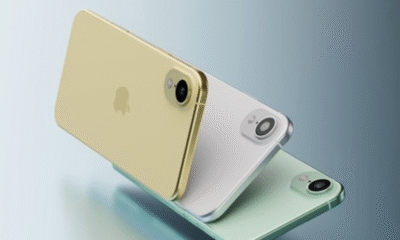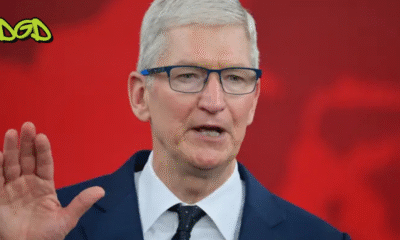Technology
iOS 26 Release Brings 9 Stunning Liquid Glass Updates That Change Everything
Apple rolls out iOS 26, watchOS 26, iPadOS 26, and macOS 26 Tahoe with a futuristic Liquid Glass design and smarter features.
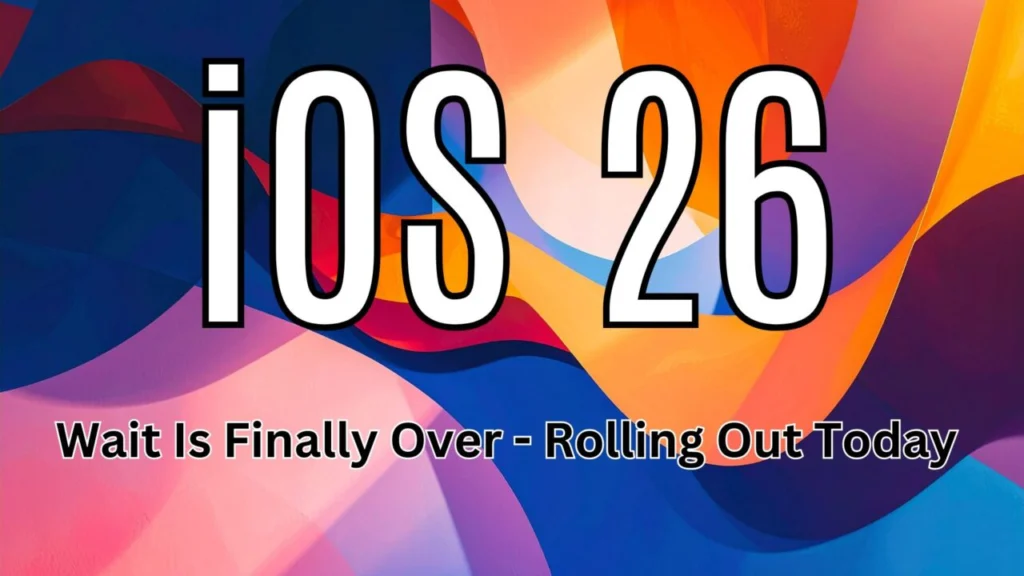
On September 15, 2025, Apple Inc. officially rolled out its biggest software refresh in years. The highly anticipated iOS 26, iPadOS 26, watchOS 26, and macOS 26 Tahoe are now available for millions of users worldwide. What sets this release apart is Apple’s bold new Liquid Glass design, a semi-transparent, rounded look that adds depth and fluidity across devices.
For many, this is the most radical iOS redesign since the introduction of iOS 7 back in 2013. Apple isn’t just updating icons—it’s reshaping the way users experience the iPhone, iPad, Mac, and even the Apple Watch.
When and How to Get iOS 26
Apple confirmed that downloads for iOS 26 began at 6 PM UK time (1 PM New York, 3 AM Sydney). Unlike many competitors such as Samsung Electronics, Apple makes updates available to all eligible devices at once, avoiding frustrating staggered rollouts.
To install, simply open Settings > General > Software Update on your iPhone or iPad. For Macs, navigate to System Settings > General > Software Update. Apple Watch users need an iPhone 11 or newer running iOS 26 before updating via the Watch app.
As always, Apple’s updates are free. If you’re being asked to pay for iOS 26, it’s a scam.
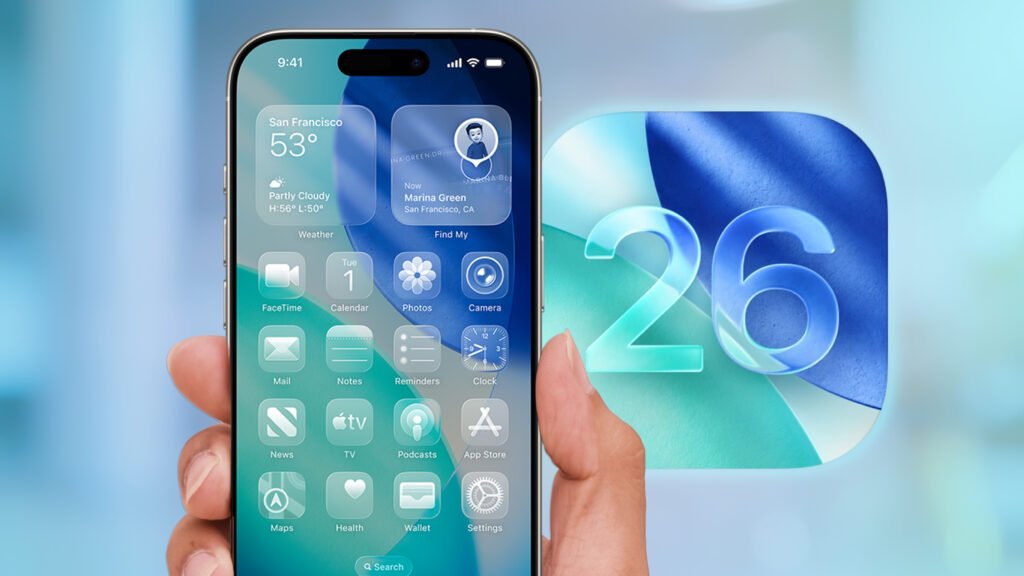
Which Devices Support iOS 26?
- iPhone: All models from the iPhone 11 (2019) or newer.
- iPad: iPad Pro (2018), iPad Air (2019), iPad Mini 5th gen, iPad 8th gen, and newer.
- Apple Watch: Series 6 (2020) or later.
- Macs: MacBook Air (2020), MacBook Pro 16-inch (2019), MacBook Pro 13-inch (2020), Mac mini (2020), iMac (2020), Mac Studio (2022), and Mac Pro (2019 onward).
The Liquid Glass Revolution
The Liquid Glass design makes icons, menus, and notifications look like frosted, floating bubbles. Inspired by the Apple Vision Pro interface, this change unifies the look across all Apple devices. Icons can now be tinted, turned translucent, or switched to dark mode. Notifications bounce into view, and the lock screen clock dynamically adjusts in size depending on alerts.
It’s a divisive look—some call it futuristic, others find it distracting—but it undoubtedly makes the iPhone feel new again.
Key Features in iOS 26
- Dynamic Buttons – Navigation elements like Safari’s address bar shrink into small icons as you scroll, maximizing screen space.
- Camera Simplification – Extra camera modes now hide behind sliders or pop-up menus, making the Camera app cleaner.
- Advanced Spam Filtering – The Phone app automatically screens unknown calls, asks callers to identify themselves, and filters spam texts into separate inboxes.
- Live Translation – Built directly into Phone, Messages, and FaceTime, enabling real-time communication across languages.
- New Games App – Replaces Game Center with a hub for achievements, multiplayer, and what friends are playing.
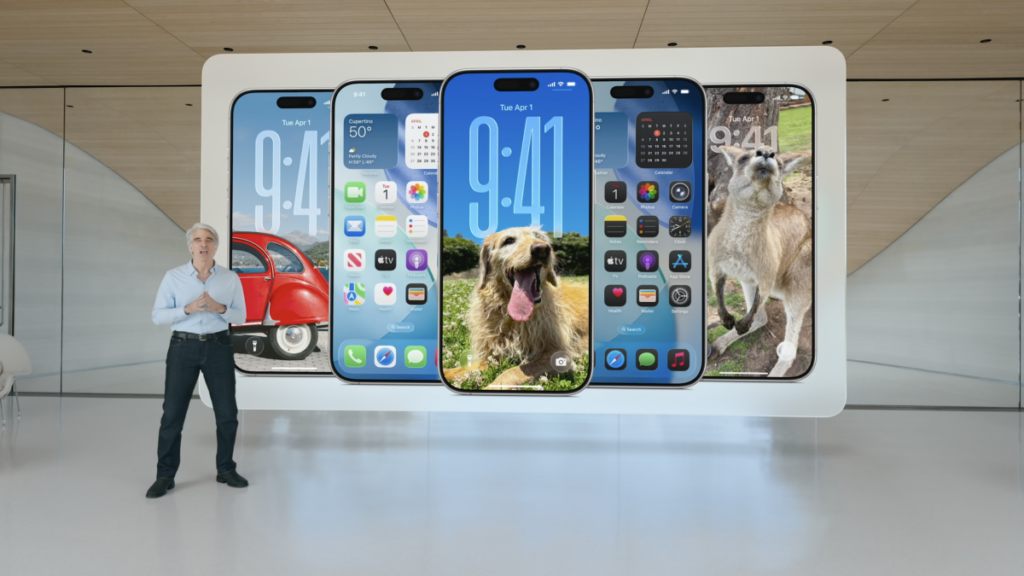
iPadOS 26: The Mac in Disguise
Apple finally gave iPad users what they’ve been asking for: true window management. iPadOS 26 introduces a Mac-like menu bar, full window resizing, and overlapping multitasking. You can tile windows side-by-side, snap them to screen edges, or enter full screen with a flick.
The Files app has also been revamped, letting you set default apps for file types, while Preview (a longtime macOS app) is now on iPad, supporting PDFs, images, and markups with the Apple Pencil.
watchOS 26: Fitness Meets AI
On the Apple Watch, Liquid Glass appears as floating notifications and softer app icons. But the real innovation is Workout Buddy, a new AI-driven fitness assistant. Similar to a Fitness+ coach, it talks to you during workouts, tracks pace, and even celebrates milestones.
Other highlights:
- Sleep Scores – Daily sleep quality ratings.
- Blood Pressure Alerts – For Series 9 and Ultra 2, early hypertension detection.
- Wrist Flick Gesture – Dismiss notifications with a twist of your wrist.
- New Watch Faces – Flow, Exactograph, and Waypoint, with dynamic Liquid Glass animations.
macOS 26 Tahoe: More Than Just Glass
On the Mac, Liquid Glass translates to rounded corners and frosted UI elements. But the standout feature is the Phone app, which lets you make and receive calls directly on your Mac with Wi-Fi calling.
Other updates include:
- Live Activities – Sports scores and delivery updates in the menu bar.
- Upgraded Spotlight – Now supports actions like sending messages, creating notes, and searching third-party cloud storage.
Why Apple Jumped to iOS 26
You might be wondering: what happened to iOS 19 through 25? Apple adopted a year-based naming format. Just like sports seasons, iOS 26 represents the 2025–2026 cycle, aligning iPadOS, watchOS, and macOS releases.
Final Thoughts
Apple’s iOS 26 release is more than a cosmetic overhaul. With Liquid Glass, AI-driven features, and tighter integration across platforms, it shows Apple’s determination to stay ahead in design and usability.
Whether you’re a casual user excited about translucent icons or a pro who wants multitasking on iPad, this update has something for everyone. And with free updates across devices, it’s another reminder of why Apple’s ecosystem keeps millions loyal.
Stay connected with Daily Global Diary for expert coverage, in-depth guides, and real-time Apple updates.
Technology
OpenAI unveils Sora 2 app to take on TikTok and YouTube… but copyright battles may be looming
The AI giant introduces a swipe-and-scroll video platform that lets users insert themselves into AI-generated worlds, setting up a new clash with TikTok, YouTube, and Meta.
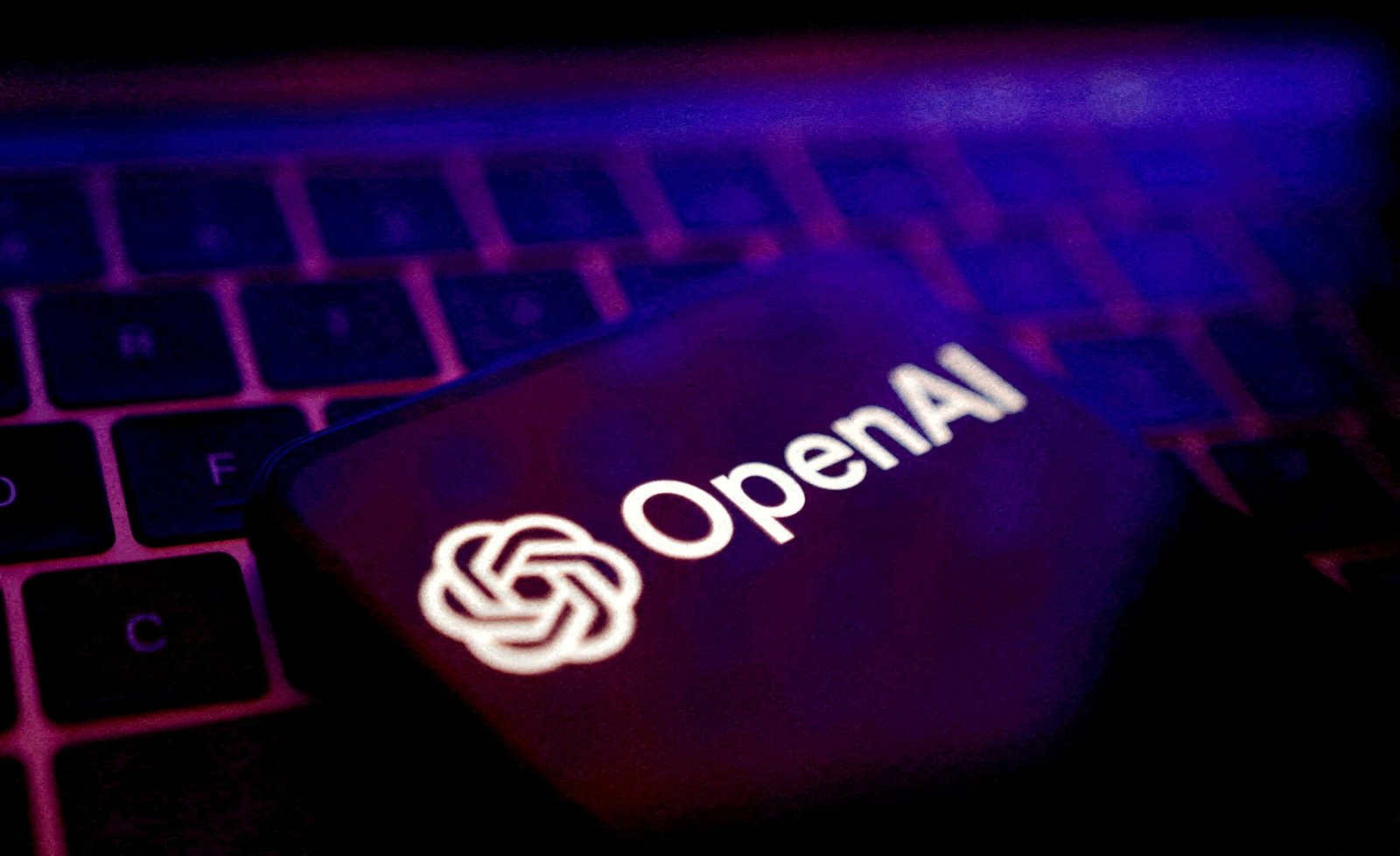
OpenAI is moving beyond chatbots and into the social media battleground. On Tuesday, the company announced Sora 2, an AI-powered video generator app that allows users to create high-definition short clips with audio, using nothing more than text prompts.
The app, which borrows heavily from the swipe-and-scroll design of TikTok, Instagram Reels, and YouTube Shorts, will first roll out in the U.S. and Canada on an invite-only basis via Apple’s App Store.
From text to full scenes
Unlike traditional video platforms, Sora 2 doesn’t just let users upload footage — it lets them create worlds. Users can write prompts describing scenes, styles, or moods, then generate fully-produced video clips complete with background audio. In a move that could disrupt influencer culture, people can also upload short clips of themselves and be inserted seamlessly into AI-generated environments.
The company says its vertical feed will use an algorithmic recommendation engine to boost content that feels most engaging to individual users.
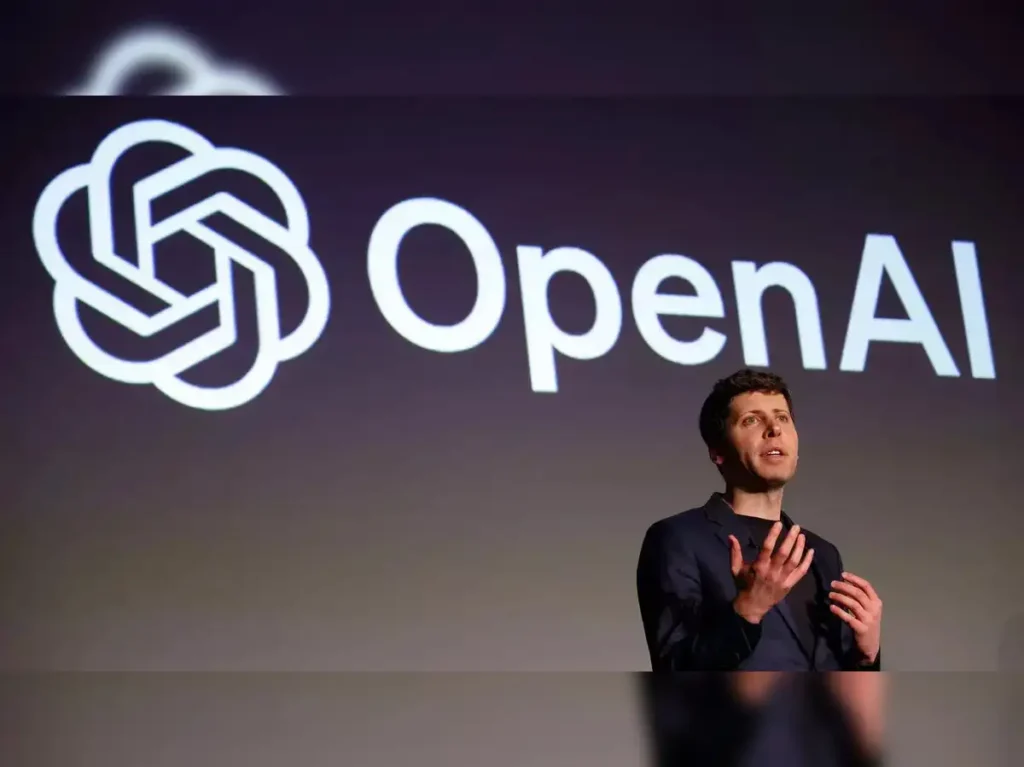
A crowded field of rivals
OpenAI’s launch comes amid fierce competition. Google recently integrated its Veo 3 AI video generator into YouTube, while Meta has rolled out its own stream of short-form AI-created videos. TikTok has already introduced its AI Alive tool, which lets users transform static images into moving video content.
The question now is whether Sora 2 can stand out. With a design nearly identical to TikTok’s feed, industry watchers suggest OpenAI is betting that its AI technology will make the difference.
Guardrails and nudges
To address concerns about “doomscrolling,” OpenAI says the infinite scroll function will be switched off by default for users under 18. For adults, the app will occasionally nudge viewers to start creating instead of endlessly consuming. Content will also be marked as AI-generated if exported off the platform, in a bid to increase transparency.
Still, not all the hurdles are technical. Mark Lemley, a professor at Stanford Law School, warned that copyright could become the company’s biggest challenge:
“I think they are certainly opening themselves up to lawsuits in particular cases,” Lemley told the Wall Street Journal, noting that OpenAI could face disputes over copyright material appearing in generated videos.
His caution isn’t without precedent. Anthropic, another AI company, recently agreed to pay at least $1.5 billion to settle a lawsuit over training its models on pirated books.
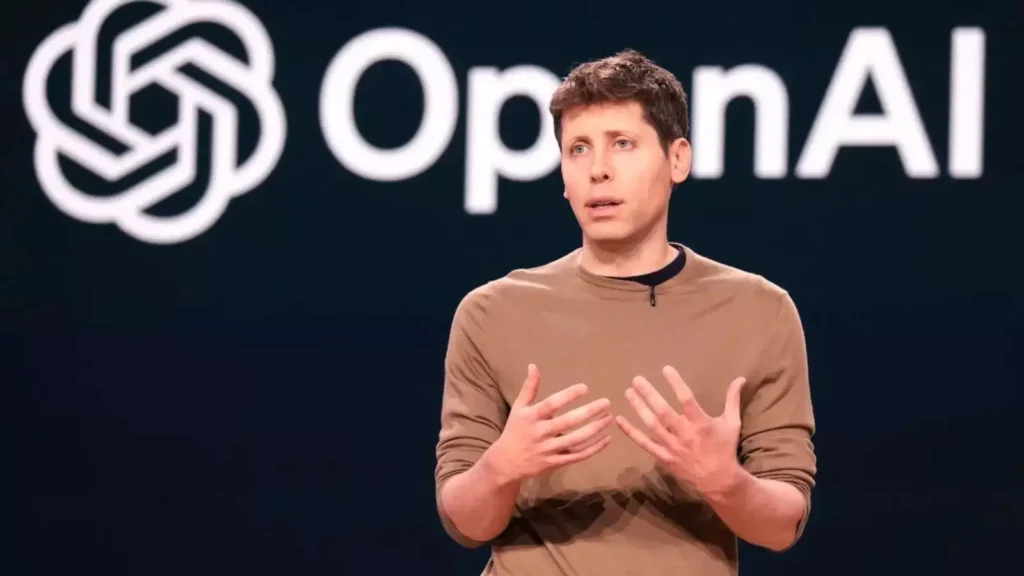
A delicate balance for creators
OpenAI insists it will allow copyright holders to opt out, but the system currently permits copyrighted material unless owners actively remove their works. For creative industries already wary of AI, that is unlikely to be reassuring.
At the same time, the company is striking licensing deals. The Wall Street Journal reported that News Corp — its parent company — has already signed a content agreement with OpenAI, highlighting the divide between publishers who see opportunity in AI partnerships and those who see threats.
The next wave of AI-driven entertainment
For OpenAI, Sora 2 represents more than just an app — it’s a step toward capturing user attention in the same way TikTok, YouTube, and Instagram dominate today. If successful, it could redefine how short-form content is created and consumed, blending human presence with entirely synthetic worlds.
But with regulators watching closely, rivals sharpening their tools, and copyright lawyers circling, the company may find that generating videos is the easy part. Winning the trust of creators, rights holders, and users could be the real test.
For more Update http://www.dailyglobaldiary.com
Technology
Anthropic launches Claude Sonnet 4.5 insiders say AI model codes apps runs audits and even buys domains
The new Claude Sonnet 4.5 AI from Anthropic promises production-ready coding performance, raising the stakes in its battle with OpenAI’s GPT-5.

The race to dominate the AI frontier has entered a new chapter. On Monday, Anthropic unveiled its latest model, Claude Sonnet 4.5, claiming it delivers state-of-the-art performance for coding tasks. More than just building prototypes, Anthropic insists the model can generate “production-ready” applications, marking a significant leap in reliability compared to its predecessors.
ALSO READ : SEC says DePIN tokens not securities shocking no-action letter sparks hope for crypto builders
Claude Sonnet 4.5 is available immediately via the Claude API and the Claude chatbot. Pricing remains unchanged from its predecessor, Claude Sonnet 4: $3 per million input tokens and $15 per million output tokens — the same cost structure that made the model competitive for developers building at scale.
Coding power beyond benchmarks
Anthropic emphasizes that the model has achieved industry-leading results on benchmarks like SWE-Bench Verified. But company researcher David Hershey told TechCrunch that numbers don’t fully capture its capabilities.
“I’ve seen Claude Sonnet 4.5 code autonomously for up to 30 hours,” Hershey said, recalling trials with enterprise customers. “It didn’t just build an application — it stood up database services, bought domain names, and even performed a SOC 2 audit to make sure everything was secure.”
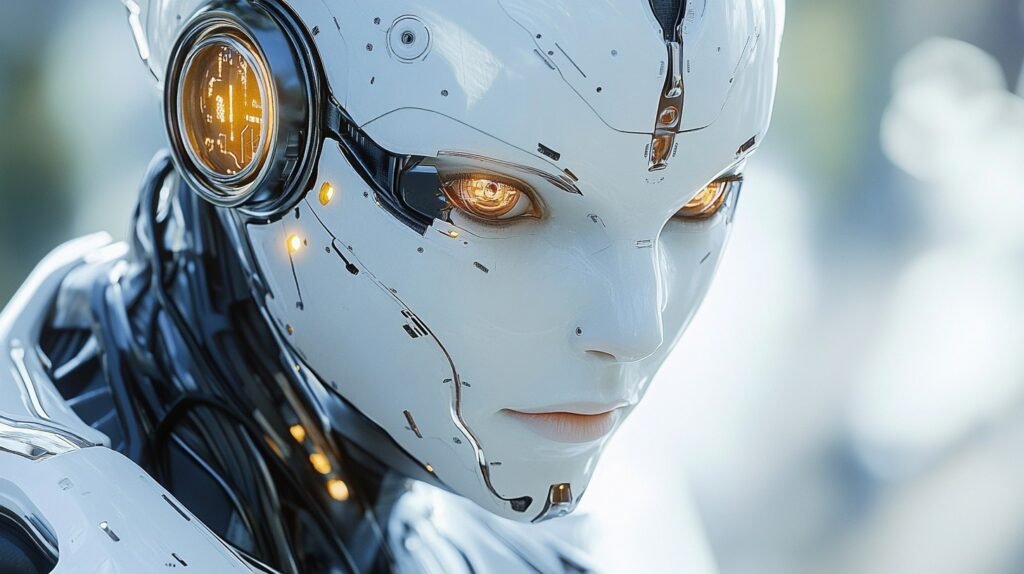
Such long-horizon performance has drawn praise from developers already experimenting with the tool. Michael Truell, CEO of coding startup Cursor, called Claude Sonnet 4.5 “state-of-the-art coding performance.” Meanwhile, Jeff Wang, CEO of Windsurf, described it as a “new generation of coding models.”
Competition heats up with GPT-5
Claude’s release comes as OpenAI ramps up its rollout of GPT-5, which has outperformed Claude in several coding benchmarks over the past two months. The rivalry between the two AI giants — backed by Amazon, Google, and Microsoft on one side and Anthropic’s investors on the other — has made the AI landscape more volatile, with new “flagship” releases arriving every few months.
Apple and Meta are among the major companies reportedly using Claude models internally, and Anthropic has built a thriving business selling API access for coding platforms like Replit, Cursor, and Windsurf.
Safer, smarter Claude
Anthropic also stressed that Claude Sonnet 4.5 is its most aligned frontier AI yet. According to the company, the model is less prone to sycophancy, deception, and prompt injection attacks, issues that have plagued generative AI in production environments.
The launch also included two key additions:
- Claude Agent SDK, the same infrastructure behind Claude Code, designed to help developers build custom AI agents.
- Imagine with Claude, a temporary research preview for Claude Max subscribers, showing the model’s ability to generate software on the fly, responding in real time without pre-written code.
Rapid cycles, high stakes
This release comes less than two months after Claude Opus 4.1, highlighting the breakneck pace of development in the AI industry. With every update, Anthropic and its rivals face the same challenge: delivering meaningful improvements fast enough to stay ahead in an intensely competitive market.
For now, Anthropic hopes Claude Sonnet 4.5 can hold its own against GPT-5, offering developers the kind of reliable, autonomous coding performance that could transform how software is built.
As Hershey put it: “Benchmarks matter, but watching Claude build something real, end-to-end, is where you see its true power.”
Technology
Google shocks crypto world with $3B deal for Cipher Mining stake but here’s the twist
Google secures a 5.4% stake in Cipher Mining by backing $1.4B obligations in a multi-year AI data center partnership with Fluidstack
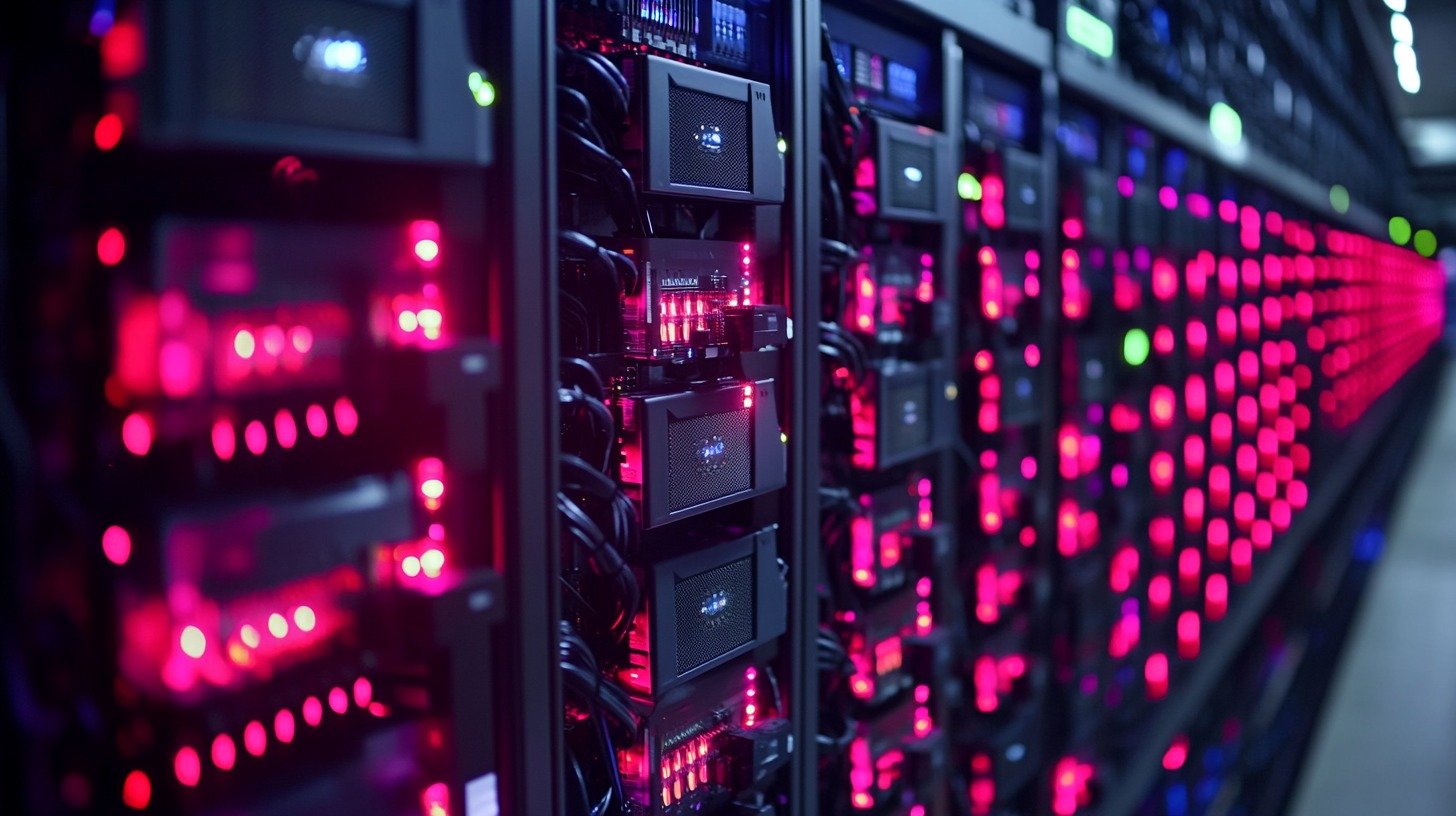
In a move that blends the worlds of artificial intelligence and cryptocurrency, Google has taken a surprising 5.4% equity stake in Cipher Mining. The deal, valued at $3 billion, ties directly to the company’s long-term strategy of expanding its role in high-performance computing (HPC) while keeping a firm foot in the evolving crypto-AI crossover.
ALSO READ : Snoop Dogg stuns AFL fans with 5 bold promises before grand final show
According to Cipher’s announcement on Thursday, Google agreed to backstop $1.4 billion of obligations owed by Fluidstack, an AI data center provider, in exchange for roughly 24 million shares of Cipher common stock. The agreement effectively gives the tech giant a 5.4% pro forma equity ownership in the Texas-based mining firm.
A bigger play in AI data centers
This transaction forms part of Fluidstack’s broader $3 billion, 10-year deal with Cipher, under which Cipher will lease out massive computing power to support AI operations. Specifically, Cipher will deliver 168 megawatts (MW) of computing capacity, expandable to 244 MW at its Barber Lake site in Colorado City, Texas. The site itself holds enormous potential, with a capacity ceiling of 500 MW and 587 acres of surrounding land ready for expansion.
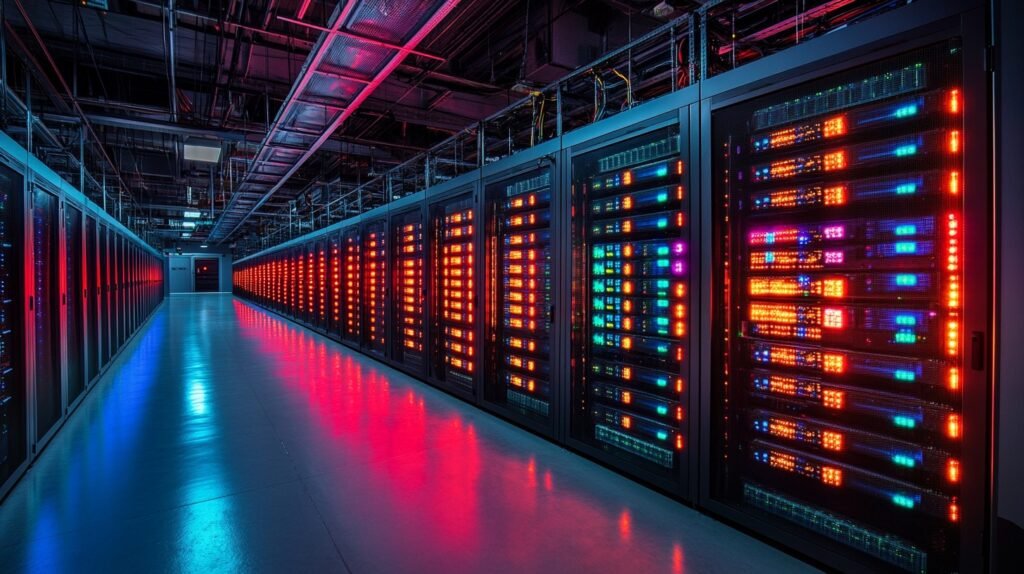
Cipher CEO Tyler Page called the move a major step forward:
We believe this transaction represents the first of several in the HPC space as we continue to scale our capabilities and strengthen our position in this rapidly growing sector.
A repeat of an August surprise
The news follows another deal in late August when Google became the largest shareholder in TeraWulf by taking a 14% stake through a similar obligation-backing agreement with Fluidstack. The pattern is clear: Google isn’t just dipping its toes into crypto mining—it is strategically aligning with companies positioned at the intersection of Bitcoin mining and AI infrastructure.
Why crypto miners are embracing AI
The trend isn’t unique to Cipher. Other Bitcoin mining firms are pivoting to AI and GPU-driven computing. Just this week, CleanSpark announced a $100 million financing round that will partly fund AI infrastructure. Investors rewarded the move, sending the company’s stock up by 5% in after-hours trading.
A mid-September analysis by The Miner Mag highlighted that Bitcoin mining stocks have been outperforming Bitcoin itself, largely because investors are favoring companies with GPU and AI pivots. Similarly, Hive Digital Technologies reported record revenue and earnings in August after expanding aggressively into GPU and AI services.
What this means for Google
For Google, the deal signals far more than just a crypto investment. It underscores the company’s strategy to secure massive computing resources for AI development at a time when demand for GPUs and high-capacity data centers is skyrocketing.
By securing a stake in Cipher Mining, Google gains access to an energy-intensive, high-scale infrastructure that can be repurposed for AI workloads, while simultaneously positioning itself as a central player in the evolving crypto-AI landscape.
Industry watchers now wonder whether this is just the start of a larger acquisition spree that could see Google entwine itself even deeper with crypto-centric high-performance computing firms. If so, the next few years could redefine the future of both Bitcoin mining and AI.
-

 Entertainment1 week ago
Entertainment1 week agoAlyssa Milano removes breast implants says she finally feels free and authentic
-

 Technology News1 week ago
Technology News1 week agoChina opens Shanghai digital yuan hub to rival US dollar but here’s the bigger plan
-

 Entertainment6 days ago
Entertainment6 days agoDolly Parton delays Las Vegas concerts by nine months citing health challenges but promises unforgettable return
-

 Entertainment6 days ago
Entertainment6 days agoZoey Deutch engaged to comedian Jimmy Tatro after 4 years of dating with romantic beach proposal
-

 Politics7 days ago
Politics7 days agoBarack Obama blasts Trump over Tylenol autism claim calling it ‘violence against truth’ but that’s not all he said…
-

 Sports4 days ago
Sports4 days agoTottenham’s Champions League wake-up call… why Spurs must stop looking like a Europa League side
-
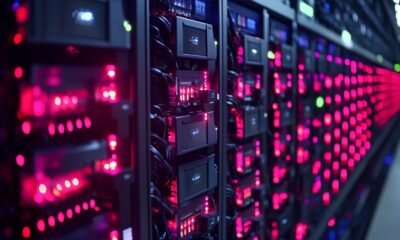
 Technology1 week ago
Technology1 week agoGoogle shocks crypto world with $3B deal for Cipher Mining stake but here’s the twist
-

 Politics1 week ago
Politics1 week agoBarack Obama slams Trump administration over Tylenol autism claim calls it violence against truth








